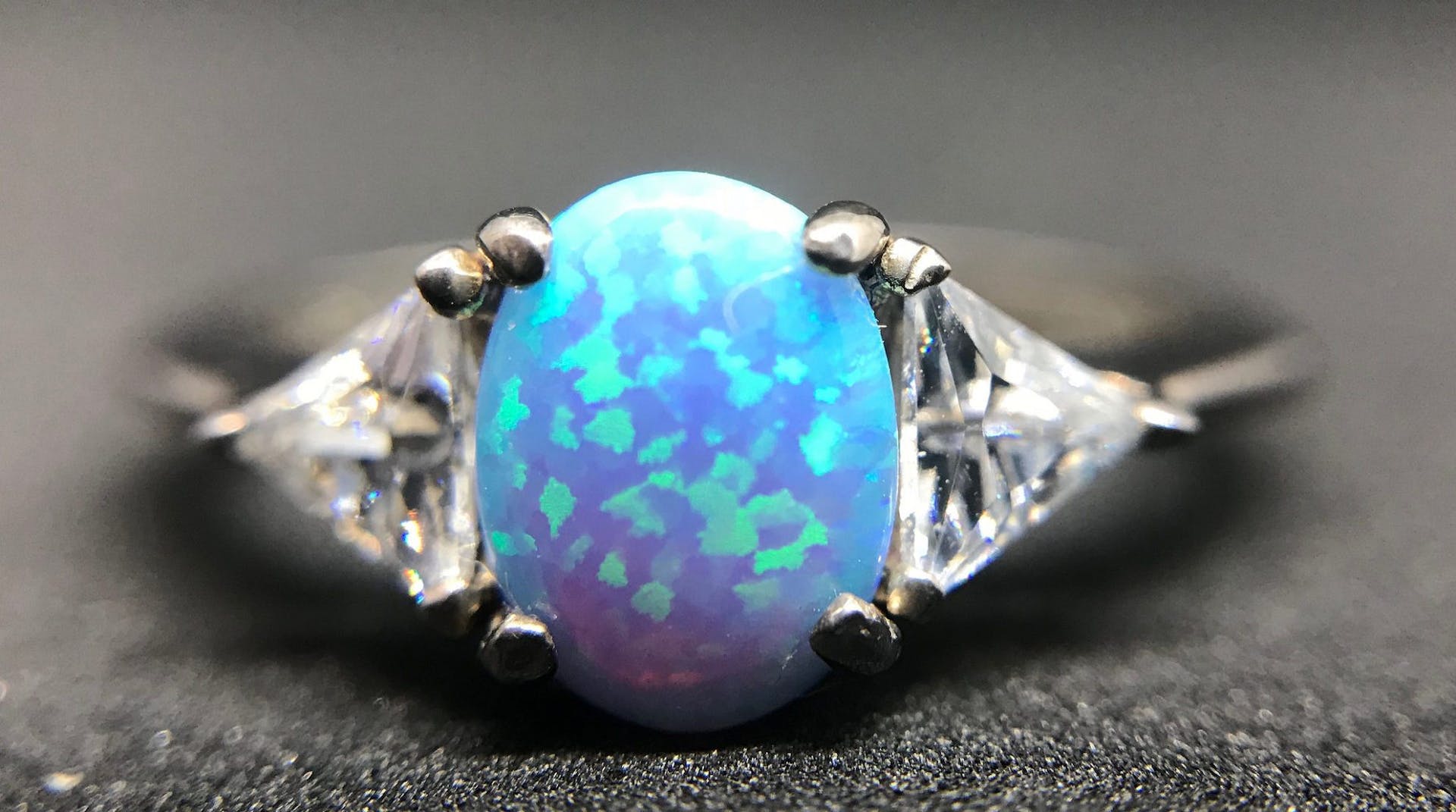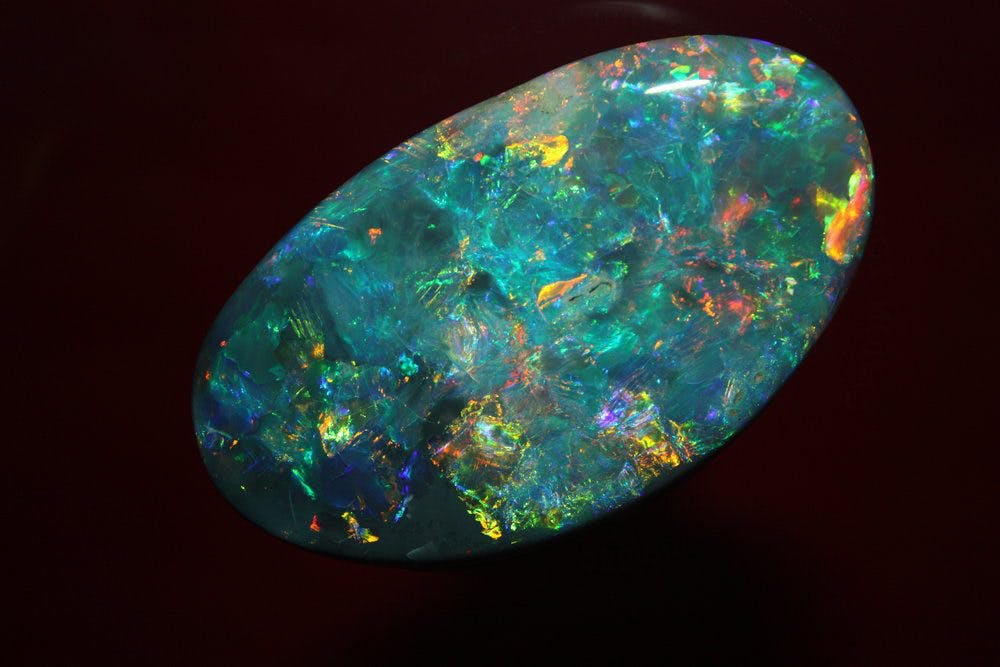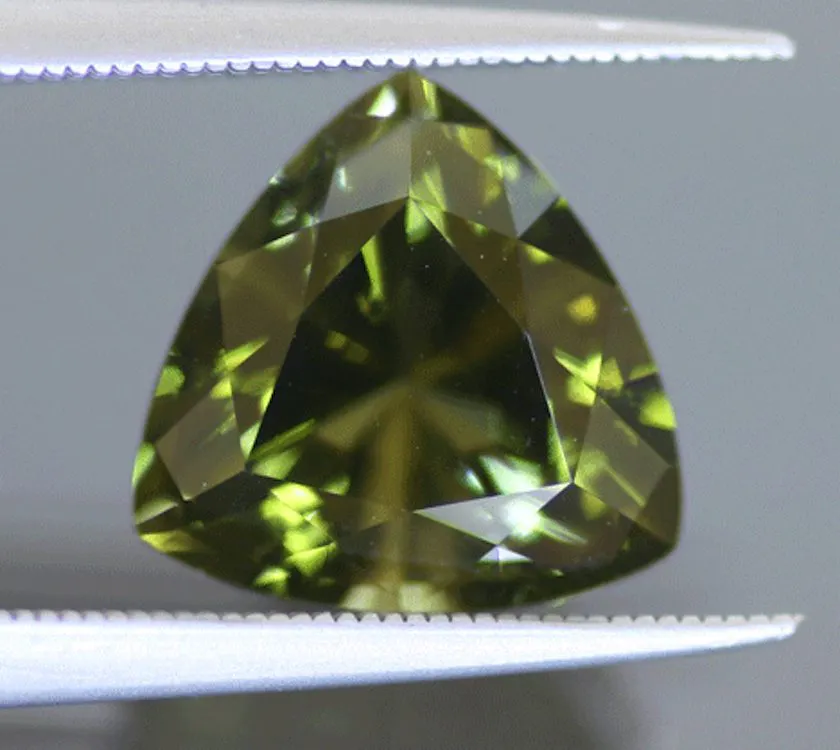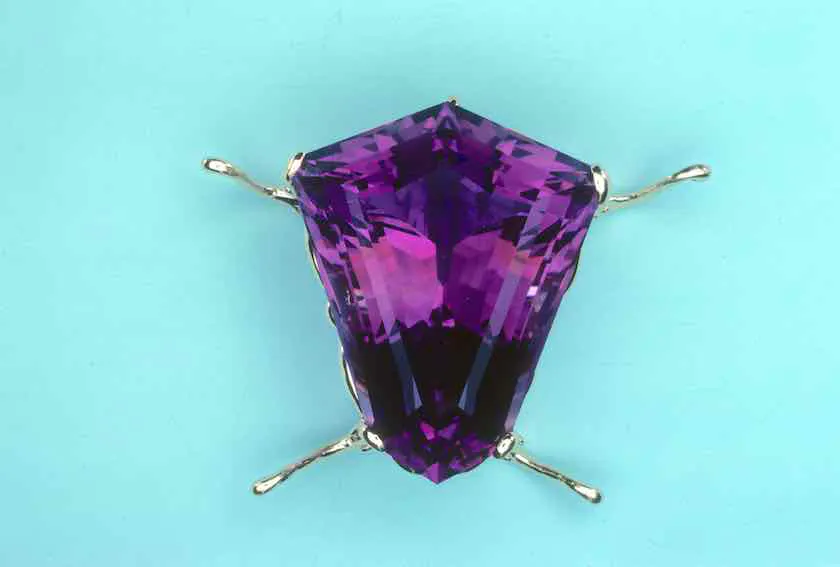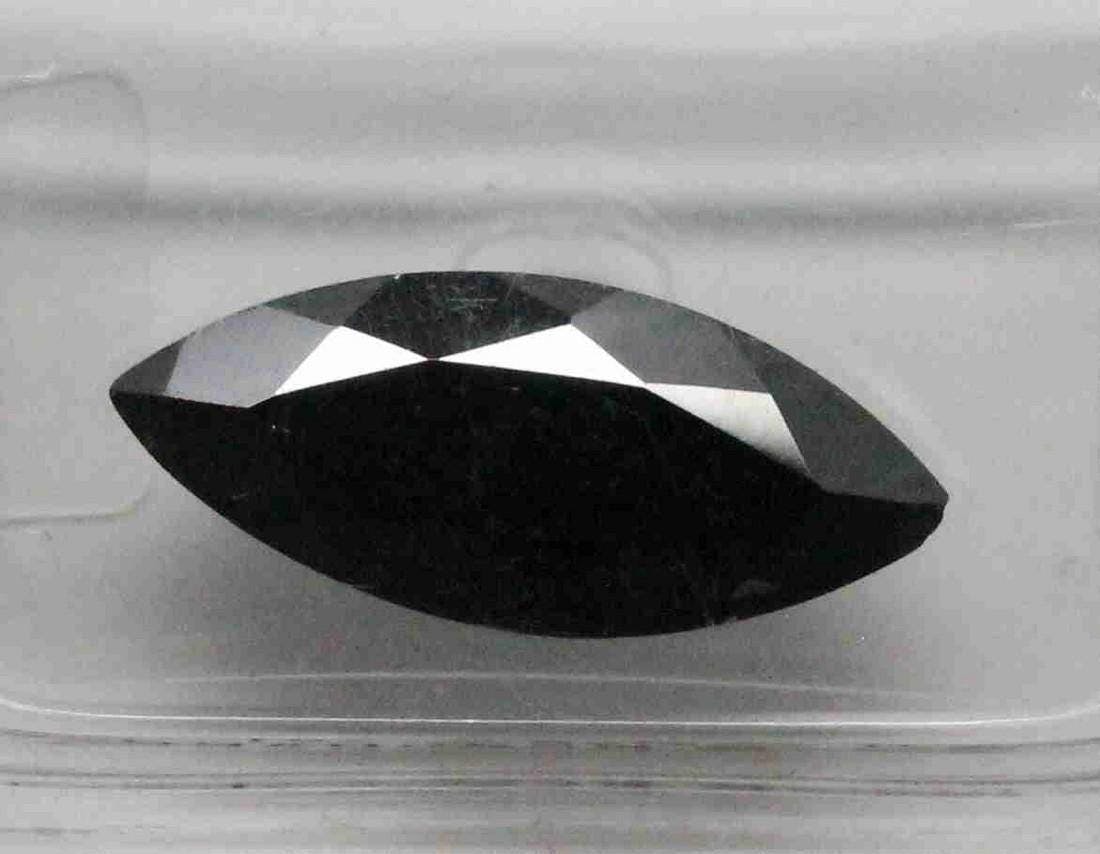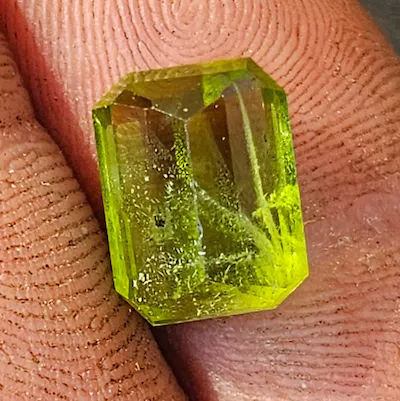News
Distinguishing synthetic opal types
Mastering the art of distinguishing synthetic opal from its natural counterpart is a crucial skill for opal dealers. In this comprehensive guide, we delve into the world of lab-created opals, exploring their varied types and offering expert insights on identification techniques. Synthetic opal, meticulously crafted in a controlled laboratory environment, possesses identical chemical and physical properties to those found in natural opals.
Recognizing whether an opal is naturally mined or lab-made holds immense significance, profoundly influencing its value and market price. For vendors, possessing this knowledge is paramount, ensuring the ability to provide customers with accurate and transparent information about their opal purchase. This adherence to authenticity not only fosters trust but also aligns with industry standards and ethical guidelines.
By honing your ability to differentiate synthetic opals, you empower customers to make well-informed decisions, reinforcing your reputation as a reliable source of genuine opals. At Melogems, we are dedicated to promoting this expertise, allowing you to confidently navigate the opal market. Explore our insights to enhance your opal knowledge and enrich your opal-buying experience.
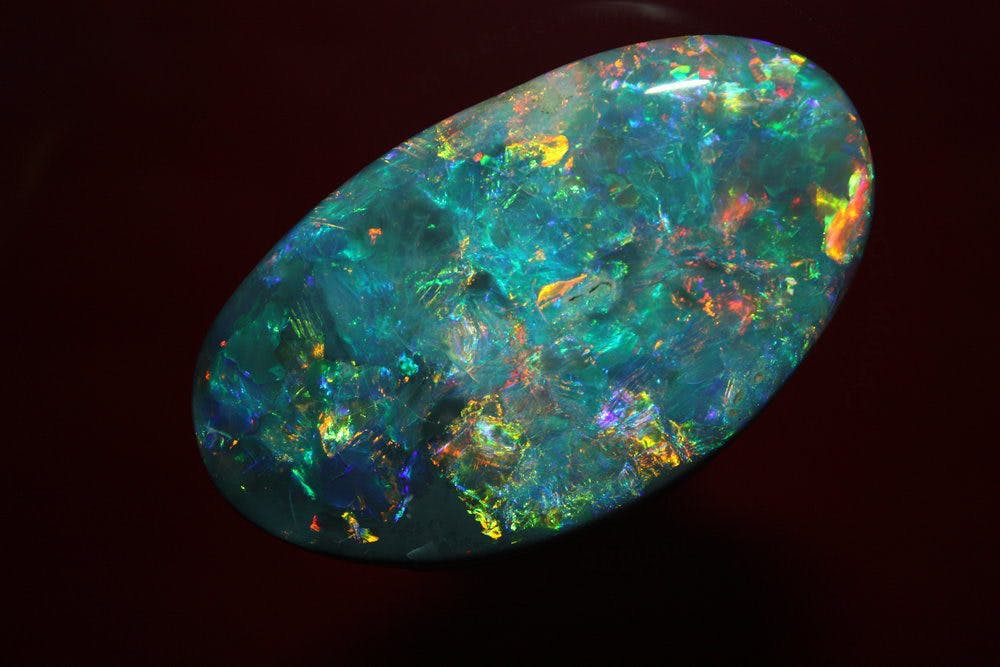
Synthetic Opal Types
Opal is a mesmerizing gem that has captivated people for centuries with its play-of-color and unique appearance. While natural opals hold a special allure, synthetic opals have become increasingly popular due to their affordability and availability. In this article, we will explore five different types of synthetic opals and discuss their appearance, characteristics, and distinguishing features.
Gilson Opal
Introduction
Gilson Opal is one of the most well-known and widely recognized types of synthetic opals. It was first introduced by Pierre Gilson in 1974, who was also responsible for developing other synthetic gemstones such as turquoise and lapis lazuli. Gilson Opals were created in an effort to replicate the beauty of natural opals in a laboratory setting.
Appearance
Gilson Opals have a distinct appearance with columns of color that are easily visible, even to the naked eye. These synthetic opals can exhibit a vibrant play-of-color that rivals that of their natural counterparts. The colors seen in Gilson Opals can range from fiery reds and oranges to vivid blues and greens.
Characteristics
Like natural opals, Gilson Opals have the same chemical and physical properties. They are composed of tiny spheres arranged in a three-dimensional lattice structure, which gives rise to their play-of-color. However, it’s important to note that Gilson Opals are not considered to be imitations or simulants, as they are made from the same mineral composition as natural opals.
Distinguishing Features
One key feature that can help distinguish Gilson Opals from natural opals is their internal structure. Natural opals often have a chaotic pattern of color distribution, while Gilson Opals display a more organized and uniform arrangement of color columns. Additionally, Gilson Opals may exhibit a slightly different play-of-color compared to natural opals, with colors appearing more vibrant and concentrated.
Aurora Opal
Introduction
Aurora Opal is another popular type of synthetic opal that is revered for its stunning play-of-color. It was developed by Dieter Boehm and patented in 2001. Aurora Opals are known for their vibrant and ethereal beauty.
Appearance
Aurora Opals are characterized by their lively and iridescent play-of-color. They can exhibit a wide range of colors, including vibrant blues, greens, pinks, and yellows. The play-of-color seen in Aurora Opals often appears to be in constant motion, giving them a dynamic and captivating appearance.
Characteristics
Similar to other types of synthetic opals, Aurora Opals possess the same chemical and physical properties as natural opals. They are composed of silica spheres arranged in a three-dimensional lattice structure, which diffracts light and creates the play-of-color effect.
Distinguishing Features
One distinguishing feature of Aurora Opals is their intense and saturated play-of-color. The colors seen in these synthetic opals can be more vivid and concentrated compared to natural opals. Additionally, Aurora Opals may exhibit a greater range of colors, including unique hues and color combinations that are not commonly found in natural opals.
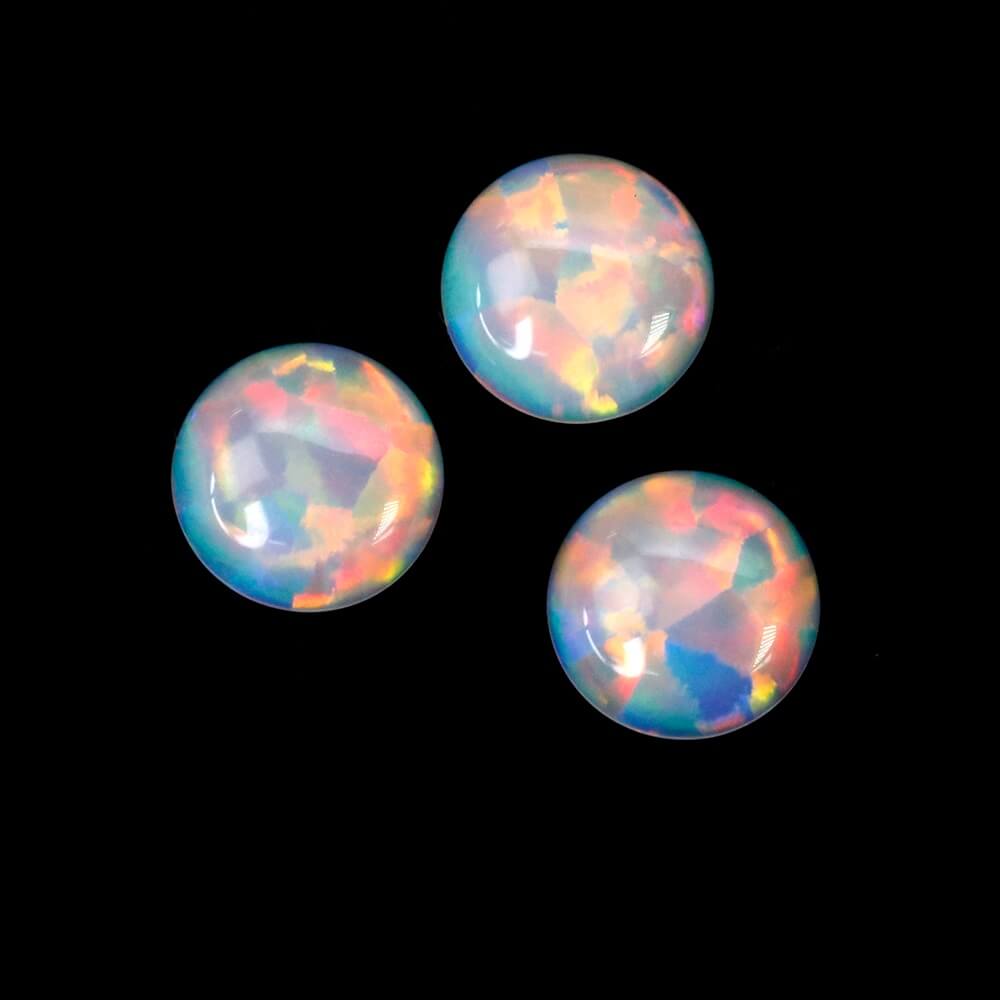
Non-Directional Synthetic Impregnated Opal
Introduction
Non-Directional Synthetic Impregnated Opal, also known as NDS Impregnated Opal, is a type of synthetic opal that is created using a unique impregnation process. This process involves infusing a natural opal matrix with a polymer material, resulting in a durable and vibrant synthetic opal.
Appearance
NDS Impregnated Opals can closely resemble natural opals in terms of their appearance. They can exhibit a range of colors with a captivating play-of-color that is reminiscent of natural opals. The colors seen in NDS Impregnated Opals can vary from soft pastel tones to bold and vibrant hues.
Characteristics
Due to the impregnation process, NDS Impregnated Opals have enhanced durability compared to some other types of synthetic opals. The polymer infusion strengthens the opal matrix, making it more resistant to scratches and impacts. Additionally, NDS Impregnated Opals can have a higher water content, which contributes to their play-of-color.
Distinguishing Features
When distinguishing NDS Impregnated Opals from natural opals, it is important to examine their internal structure. Natural opals often exhibit a more chaotic and random arrangement of color distribution, while NDS Impregnated Opals may display a more uniform and organized pattern. Additionally, the enhanced durability of NDS Impregnated Opals can be a clue to their synthetic nature.
Sterling Opal
Introduction
Sterling Opal is a type of synthetic opal that was developed in the 1970s by Delmer and Stelzer Inc. It is renowned for its mesmerizing play-of-color and affordability.
Appearance
Sterling Opals can display a striking play-of-color that rivals that of natural opals. They can exhibit a wide range of colors, including vibrant reds, oranges, blues, and greens. The play-of-color seen in Sterling Opals often appears to be dynamic and ever-changing, creating a captivating visual display.
Characteristics
Similar to other synthetic opals, Sterling Opals possess the same chemical and physical properties as natural opals. They are composed of silica spheres arranged in a regular pattern, which diffracts light and creates the play-of-color effect. Sterling Opals are also highly resistant to cracks and fractures, making them a durable choice for jewelry.
Distinguishing Features
One distinguishing feature of Sterling Opals is their affordability. Natural opals can be quite expensive due to their rarity, while Sterling Opals offer a more affordable alternative without compromising on the beauty and play-of-color. Additionally, the play-of-color in Sterling Opals may exhibit a different pattern or intensity compared to natural opals, providing a clue to their synthetic origin.
Mexifire Opal
Introduction
Mexifire Opal is a type of synthetic opal that was developed by the Mexican company Mexifire Opals. It is known for its vibrant play-of-color and affordability.
Appearance
Mexifire Opals can exhibit a range of colors, including fiery reds, oranges, and yellows. They can also display flashes of green and blue. The play-of-color seen in Mexifire Opals is often characterized by its brightness and intensity.
Characteristics
Like other synthetic opals, Mexifire Opals possess the same chemical and physical properties as natural opals. They are composed of silica spheres arranged in a three-dimensional lattice structure, which diffracts light and creates the play-of-color effect. Mexifire Opals are also highly resistant to scratches and impacts, making them suitable for everyday wear.
Distinguishing Features
When distinguishing Mexifire Opals from natural opals, it is important to consider their pricing and availability. Natural opals can be quite rare and valuable, while Mexifire Opals offer a more affordable alternative for those seeking the beauty and play-of-color of opals. Additionally, Mexifire Opals may exhibit a different pattern or intensity of play-of-color compared to natural opals, providing a clue to their synthetic nature.
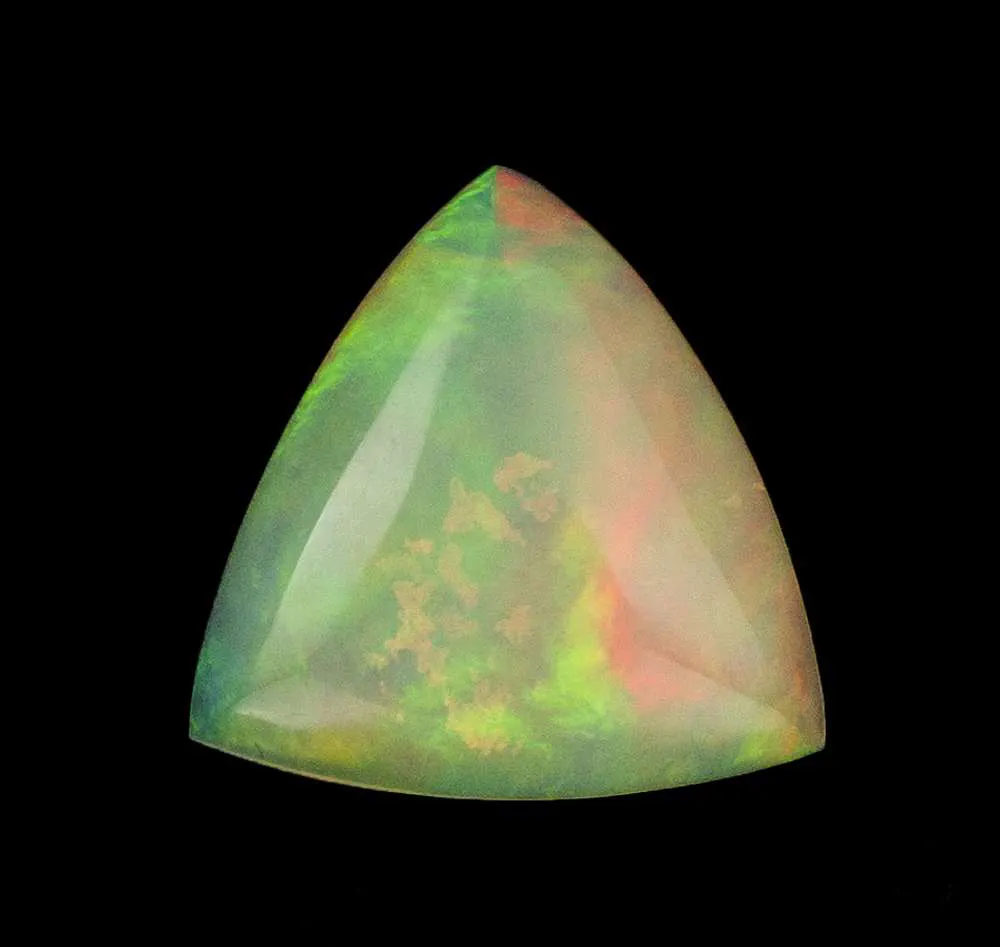
Tips for Distinguishing Synthetic Opals
Observing Color Patterns
When examining an opal, one of the first things to observe is its play-of-color. Natural opals often exhibit a random and chaotic distribution of color, while synthetic opals may display a more organized and uniform pattern. Be wary of opals that have an overly regular or repetitive play-of-color, as this can be an indication of a synthetic opal.
Examine Internal Structure
The internal structure of an opal can provide important clues about its origin. Natural opals often have a three-dimensional lattice structure, with intricate patterns of silica spheres. Synthetic opals may exhibit a more uniform and organized arrangement of spheres. Be sure to examine the internal structure using a loupe or microscope to look for any inconsistencies or unusual patterns.
Use of UV Light
UV light can be a helpful tool in distinguishing synthetic opals from natural opals. Natural opals often exhibit an opalescent glow or fluorescence under UV light, while synthetic opals may have a different or muted response. If possible, examine the opal under UV light to see if it displays any fluorescence or unusual effects.
Consulting with Experts
If you’re unsure about the authenticity of an opal, it’s always a good idea to consult with a knowledgeable gemologist or opal expert. They can provide valuable insights and help determine whether the opal is natural or synthetic. Their expertise and experience can be invaluable in making an informed decision.
Performing Heat Tests
Heat testing can be another method to distinguish synthetic opals from natural opals. Natural opals are generally stable under low heat, while synthetic opals may exhibit changes or damage when exposed to high temperatures. However, it’s important to note that heat testing should be performed by a professional and with caution, as excessive heat can cause damage to the opal.
Comparing with Known Genuine Opals
One effective way to determine the authenticity of an opal is to compare it with known genuine opals. By examining and comparing the color, play-of-color, internal structure, and other characteristics, you can develop a better understanding of what to look for in a natural opal. Familiarize yourself with the visual properties of genuine opals to better identify synthetic ones.
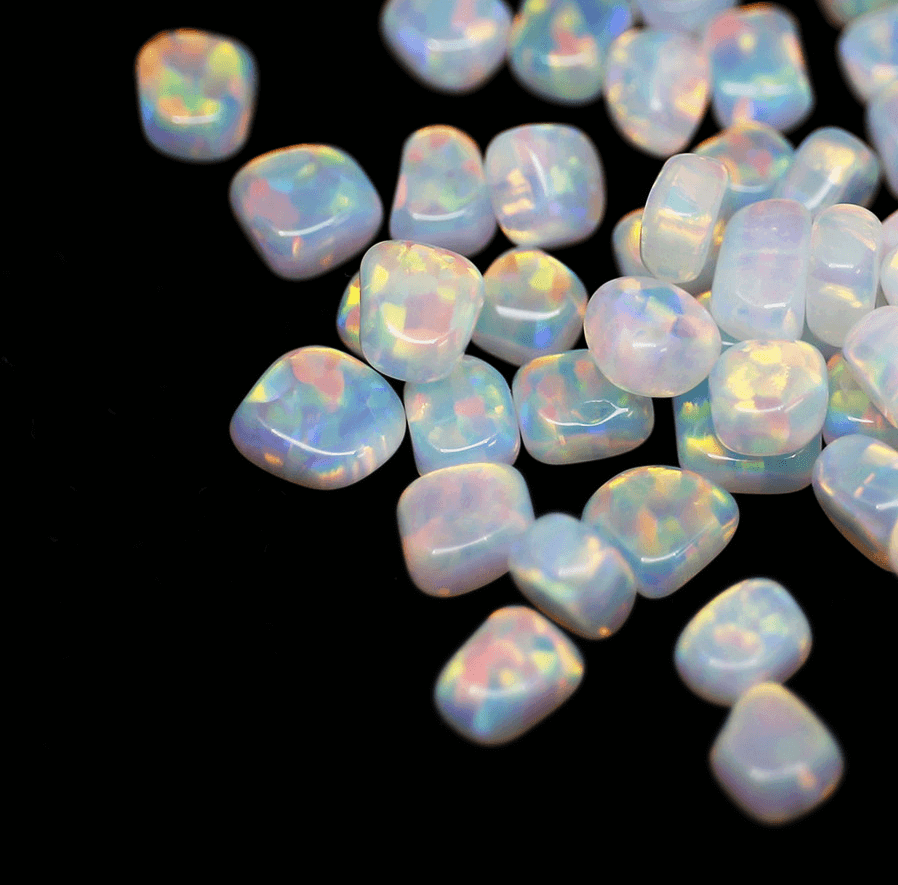
Considering Price and Availability
Price and availability can also provide clues about the authenticity of an opal. Natural opals are often more valuable and rare, which is reflected in their price. If an opal is being sold at a significantly lower price or is readily available in large quantities, it may indicate that it is synthetic. Be cautious of opals that seem too good to be true.
Researching the Seller
When purchasing opals, it’s important to research the seller and ensure their reputation and credibility. Look for established and reputable sellers who specialize in gemstones and opals. Read reviews and testimonials from previous customers to gauge their satisfaction and experience. A trustworthy seller will provide accurate and honest information about the opals they are selling.
Obtaining Certificates
If you’re purchasing an opal of significant value, consider obtaining a certificate of authenticity from a reputable gemological laboratory. These certificates provide an official assessment of the opal’s origin and authenticity. They can give you peace of mind and serve as documentation for your opal.
Being Aware of Common Simulants
In addition to synthetic opals, it’s also important to be aware of common opal simulants. Opal simulants are non-opal materials that can resemble the appearance of opals. These simulants can include materials such as glass, plastic, and resin. Educate yourself on the characteristics and visual properties of opal simulants to better distinguish them from natural and synthetic opals.
In conclusion, synthetic opals offer a more affordable and accessible alternative to natural opals. By understanding the different types of synthetic opals, their appearance, characteristics, and distinguishing features, you can make informed decisions when purchasing opals and accurately identify their origin. Remember to rely on expert guidance, perform necessary tests, and consider the price, availability, and reputation of the seller to ensure the authenticity and quality of your opals. Happy opal hunting!
